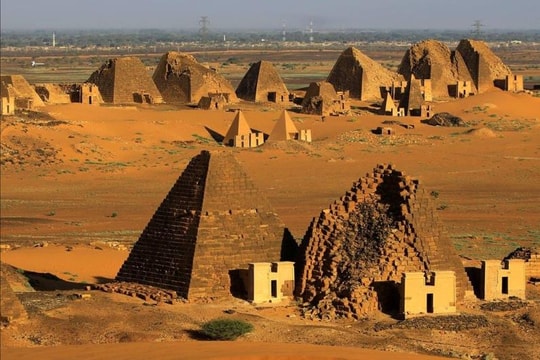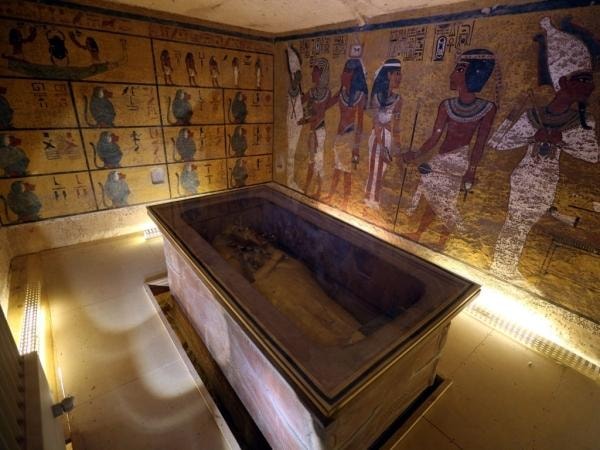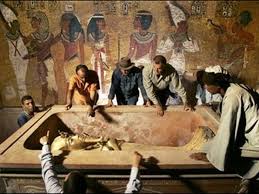The Underwater Tomb Of A Powerful Pharaoh Discovered By Divers Exploring A 2,300-Year-Old Pyramid
The headline “The Underwater Tomb Of A Powerful Pharaoh Discovered By Divers Exploring A 2,300-Year-Old Pyramid” combines elements of real archaeological work with a fictional, sensationalized premise. While underwater archaeology in Egypt and Sudan is a real and growing field, and a 2,300-year-old pharaoh’s tomb has been explored, the idea of divers exploring a pyramid that is itself underwater is inaccurate. The true story is more nuanced and just as fascinating.

The most prominent example of an “underwater pharaoh’s tomb” is the discovery of the tomb of Pharaoh Nastasen, who ruled the ancient Kush kingdom in what is now Sudan around 335–315 BCE. The pyramids of the Kushite kingdom, often referred to as the “black pharaohs,” are a stunning sight, and they often contained burial chambers located deep underneath the pyramid structures. Due to a rising water table over thousands of years, these subterranean burial chambers became flooded. Archaeologists and divers, including National Geographic’s Pearce Paul Creasman, have used scuba equipment to access and explore these waterlogged tombs, successfully retrieving artifacts and gaining new insights into this often-overlooked civilization.

The discovery of Nastasen’s tomb, which is indeed more than 2,300 years old, provided an invaluable look at the wealth and burial rituals of the Kushite pharaohs. Divers were able to navigate through the flooded chambers, finding well-preserved artifacts and gold leaf that would have been looted if not for the rising water levels. The discovery underscores the challenging and innovative methods modern archaeologists use to study ancient sites, and it highlights that the most significant finds are often not about mythical underwater pyramids but about the careful, persistent work of scientists and explorers.
